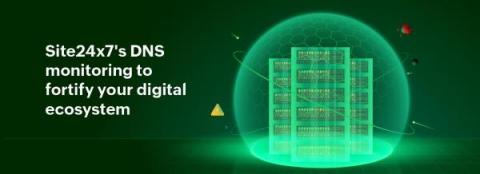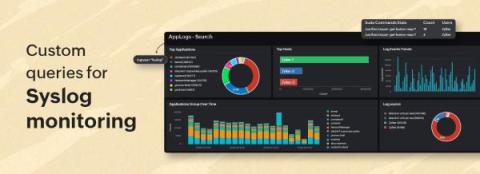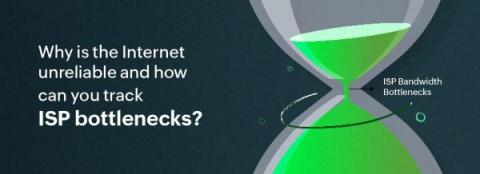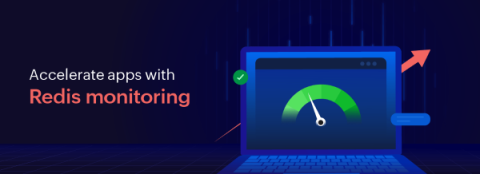5 Top Kubernetes Observability Challenges and Solutions
Observability in IT refers to the ability to measure a system's internal functioning by studying its signals from the outside. Modern IT observability is achieved through three kinds of telemetry: metrics, traces, and logs. Metrics aggregate events to gauge a system’s current state. Tracing tracks the progress of each transaction to not only measure performance but also debug the problem. On the other hand, logs record each event, which can help during troubleshooting.











